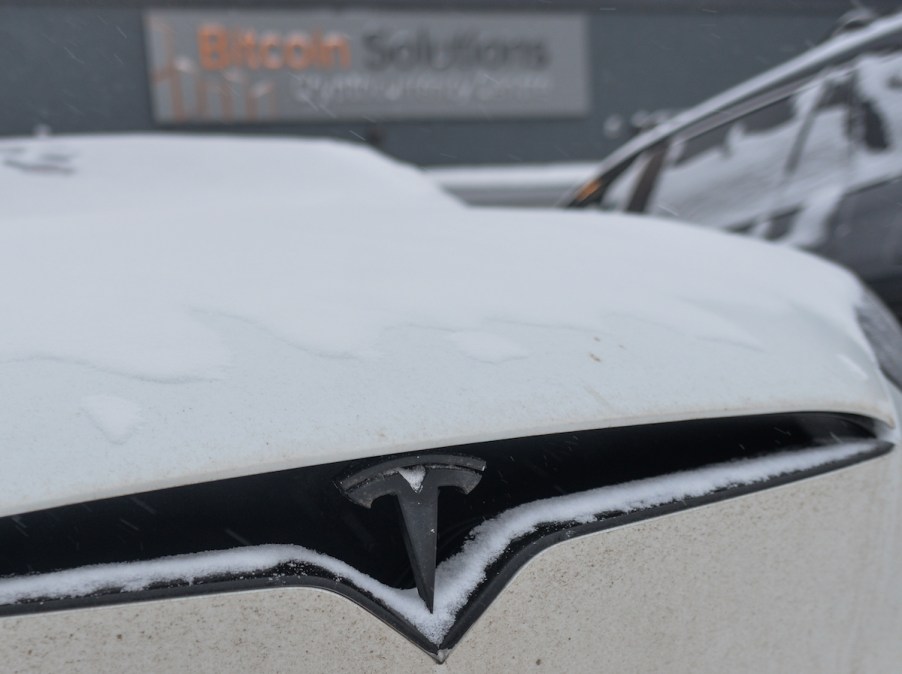
6 Ways to Maximize Cold Weather Driving Range in an EV
Owning an EV is a little different if you live in a colder climate. When you use the heating system inside your car, it drains the battery faster and can drastically reduce your EV’s range.
The last thing you want to deal with is a dead battery on a cold evening. We’ve got six tips to prepare your EV for cold weather and extend its range all winter.
1. Always charge your EV overnight

The best way to keep your EV’s battery warm is by plugging in whenever possible. While garages offer some protection from the cold, your EV’s battery will still lose some juice just by sitting in cold temperatures. Even if you only use a 120-volt outlet, a little charge is better than nothing.
However, that doesn’t mean you should leave your EV plugged in constantly. In addition to running up your electricity bills, this can wear down your EV’s battery faster.
2. Pick an EV that comes with a heat pump
Heat pumps help circulate warm air throughout an EV so its battery doesn’t have to do all the work. Many EVs either already come with standard heat pumps or allow you to purchase one as an add-on. Reversible heat pumps can generate warm air independently, though they won’t work as efficiently in below-freezing temps.
3. Keep your car plugged in when you start the motor
According to Axios, your battery will warm up faster if it’s connected to the charger as your vehicle heats up. After it has consistently reached optimum temperature levels, experts say that your EV will be pre-conditioned to heat itself quicker.
Keeping your car plugged in while it’s heating up also ensures you’re not losing any range. Most of us turn our car’s heat up as high as possible to get the interior nice and toasty. However, when you do this to an EV, InsideHook says it might result in a 41% efficiency loss.
4. Keep the battery level above 20%
According to Solar Reviews, you should treat 20% battery as if it’s very close to empty. That’s because cold weather slows the down the battery’s internal operations. It has to work harder to get your EV moving, so its charge will be depleted faster.
If you notice the battery reaching 20%, turn off the heating system until you can find a charging station. In general, it’s also best to drive around areas where you know that there’s a charging station readily available.
Of course, some EVs will perform better than others in cold conditions. One study highlighted by Car and Driver showed that a Tesla only used 1.6 kWh of energy per hour in below-freezing temps. For comparison, most EVs are thought to use up to 4 kWh of energy per hour under the same conditions.
5. Use heated components instead of the air conditioning
Drive Electric Vermont says heated steering wheels and seats use less energy plus keep you just as warm. Alternatively, you can thoroughly heat the car with the air conditioning system, then use heated surfaces for the rest of the trip. You can also use a combination of blankets and heated components.
6. Find an EV with 300+ miles of range
Even if you’re diligent about recharging your EV in winter, it never hurts to have extra miles when temps start dropping. More and more EVs now have over 300 miles of range, especially those from luxury brands like Tesla. Not all of them are expensive: a Kia EV6 with 310 miles of range costs $47,000.


